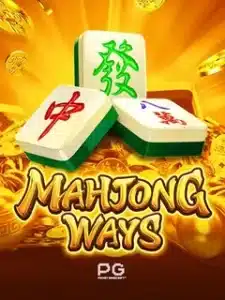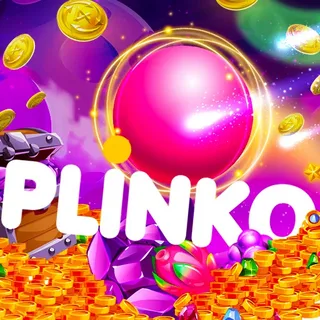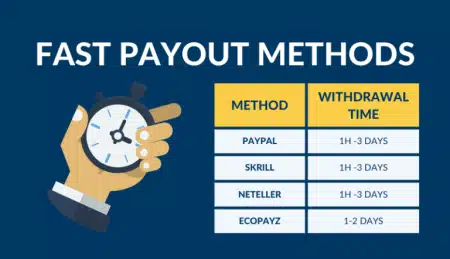Engaging students in the classroom can sometimes be a challenge. However, incorporating fun and interactive games like the plinko game can enhance learning while keeping students excited. In this article, we will explore how to use the Plinko game in classroom activities effectively to boost participation, reinforce concepts, and make lessons more dynamic.
What is the Plinko Game?
The Plinko game is a popular game where a small disc or chip is dropped from the top of a pegged board and bounces its way down to land in one of several slots at the bottom, each assigned a different value or reward. Traditionally seen on game shows, this game’s randomness and visual appeal make it an excellent tool for classroom use.
Why Use the Plinko Game in Classroom Activities?
Using the Plinko game in classroom activities offers several benefits:
- Increases Engagement: Students enjoy interactive games more than traditional quizzes.
- Reinforces Learning: Assigning questions or challenges to each slot makes review sessions fun.
- Encourages Friendly Competition: Students can work in teams or individually, motivating them to participate actively.
- Adaptable for Various Subjects: From math problems to vocabulary words, Plinko can be tailored for any topic.
How to Use the Plinko Game in Classroom Activities
Step 1: Prepare Your Plinko Board
You can create a Plinko board using a simple corkboard, cardboard with pins, or buy a ready-made one. Assign each bottom slot a specific task, question, or point value relevant to the lesson.
Step 2: Define Rules and Objectives
Explain to students how the game will be played. For example, they might drop a chip to determine which math problem they must solve or which vocabulary word they will use in a sentence.
Step 3: Incorporate Learning Content
Align the Plinko slots with your lesson’s learning objectives. For example, in a science class, each slot could represent a different question about the human body, or in language arts, different parts of speech.
Step 4: Play and Review
Let students take turns dropping chips and completing the task or answering the question that corresponds to their landing slot. Use this opportunity to review answers and reinforce concepts.
Tips for Maximizing the Use of the Plinko Game in Classroom Activities
- Make it Collaborative: Encourage teamwork by having groups tackle challenges together.
- Use Rewards: Add small incentives for participation or correct answers to motivate students.
- Keep It Varied: Change the questions or tasks regularly to keep the game fresh and relevant.
- Integrate Technology: For virtual classrooms, consider digital Plinko tools or apps that simulate the game.
Conclusion
The Plinko game is a versatile and engaging tool that can transform mundane review sessions into lively, interactive experiences. By understanding how to use the Plinko game in classroom activities, teachers can create a stimulating environment that encourages active participation and enhances learning outcomes. Whether you’re teaching math, language, science, or social studies, Plinko can be adapted to fit your classroom needs and keep students excited about learning.








